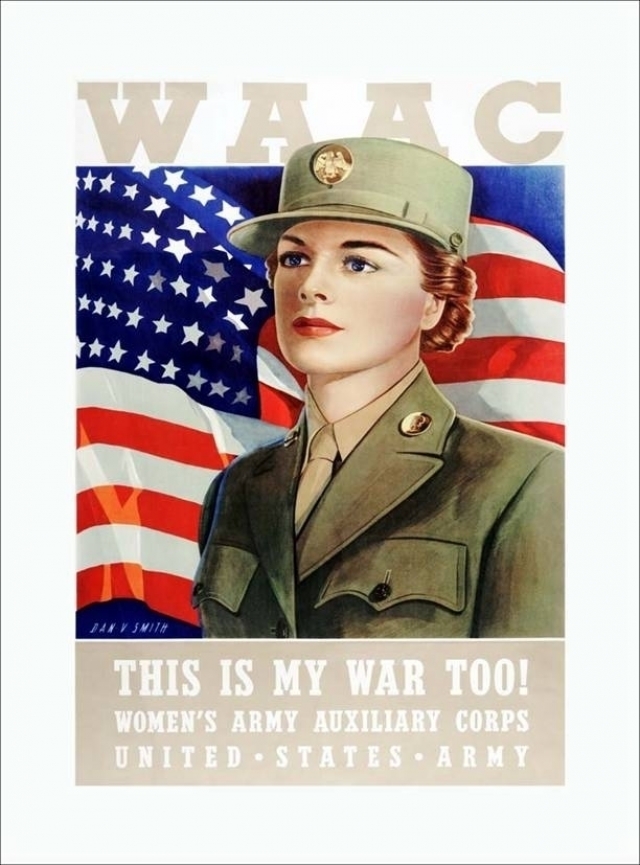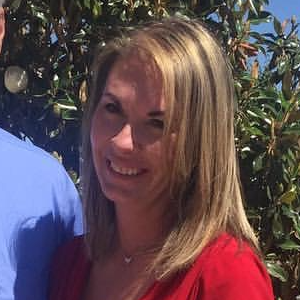What do you know about the history of the Women's Army Corps (WAC)? Well I knew they were called WACs, and every time I hear the word WACs I start singing the song from White Christmas where they say “the WACs, the WACs that dressed in slacks.” Recently Fold3 added histories of different companies of WACs.
Every time I hear the word WACs I start singing the song from White Christmas where they say "the WACs, the WACs that dressed in slacks."
With the threat of war looming in 1941, Congress authorized the creation of the Women’s Army Auxiliary Corps (WAAC), and it became law in 1942. However, because it was an auxiliary and not part of the Army, the enlisted women were not eligible for overseas pay or government life insurance.
In 1943 a new bill created the Women’s Army Corps. Now the WACs were part of the US Army.
So in 1943 a new bill created the Women’s Army Corps. Now the WACs were part of the US Army with the ability for ranks and benefits.
Around the same time as the WACs were being created and enlisted, the 907th Post Headquarters Company was activated at Hill Field in Ogden, Utah. The purpose for this was to release men for overseas service. Female officers were brought in from WAC training centers in Florida and Iowa to command the new unit. As the recruits arrived they were given specialized training so they could take over the jobs of the men being sent overseas. Some of these jobs were radio mechanics, radio operators, supply officers, among other jobs.
Women were instrumental in stepping up and keeping the country and war effort moving along while so many men went overseas to war.
During their downtime at Hill Field they enjoyed a day room the Red Cross built where they gathered and entertained. There was a piano, radio, games and cards. They sometimes hosted dances or holiday parties. They also had a basketball team that played civilian teams. They did service projects like planning different programs for patients at local hospitals. After the war, Congress made sure that the WACs had reemployment rights like the men returning home did.
Women were instrumental in stepping up and keeping the country and war effort moving along while so many men went overseas to war. If you had women ancestors that may have joined one of the different branches of the military like the Women’s Airforce Service Pilots (WASP), or the Women Accepted for Volunteer Military Service (WAVES)? I highly suggest you go check out Fold3 especially if you may have women military members in WWII.
If you need any help finding your ancestors, just let us know.


